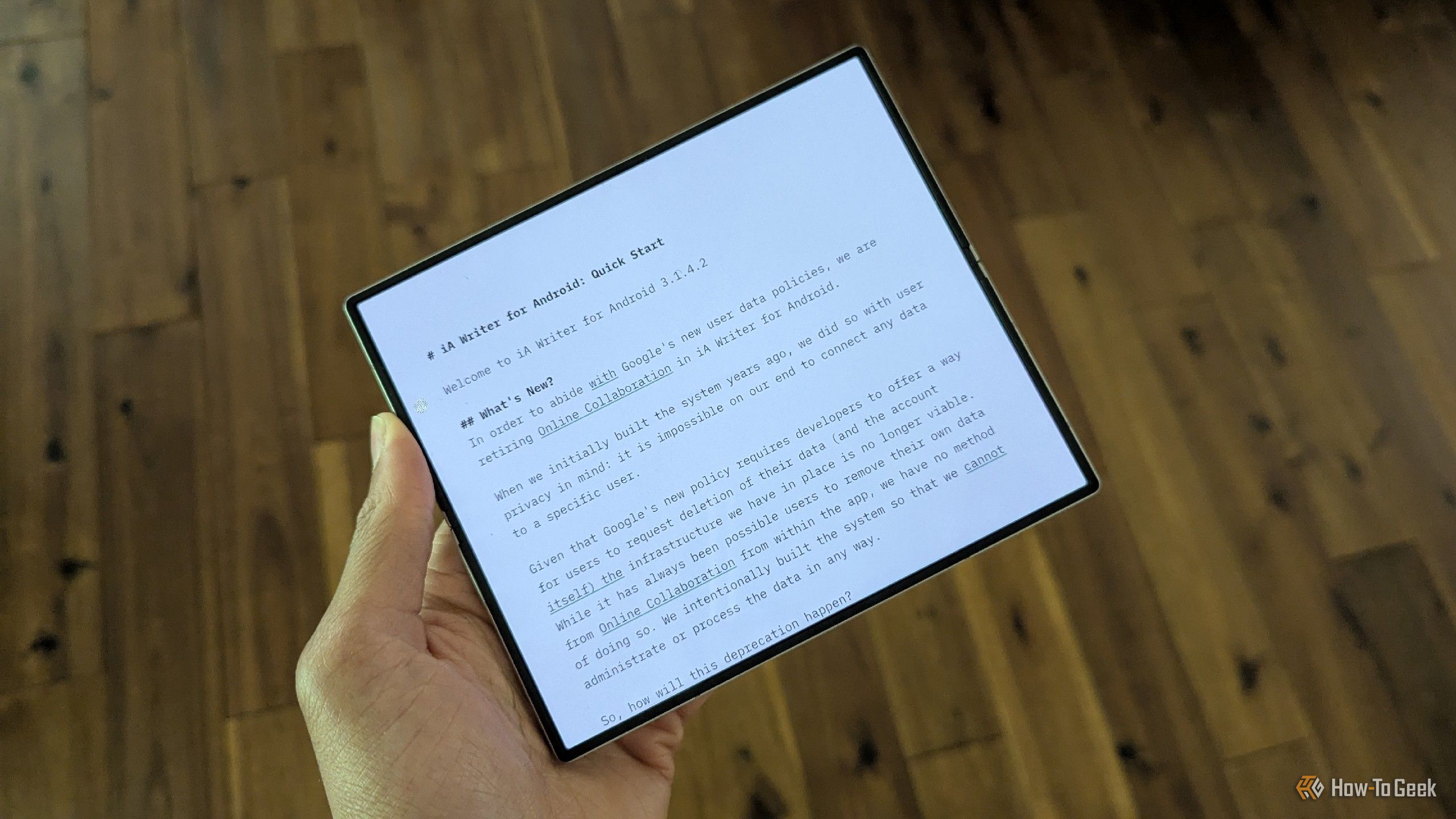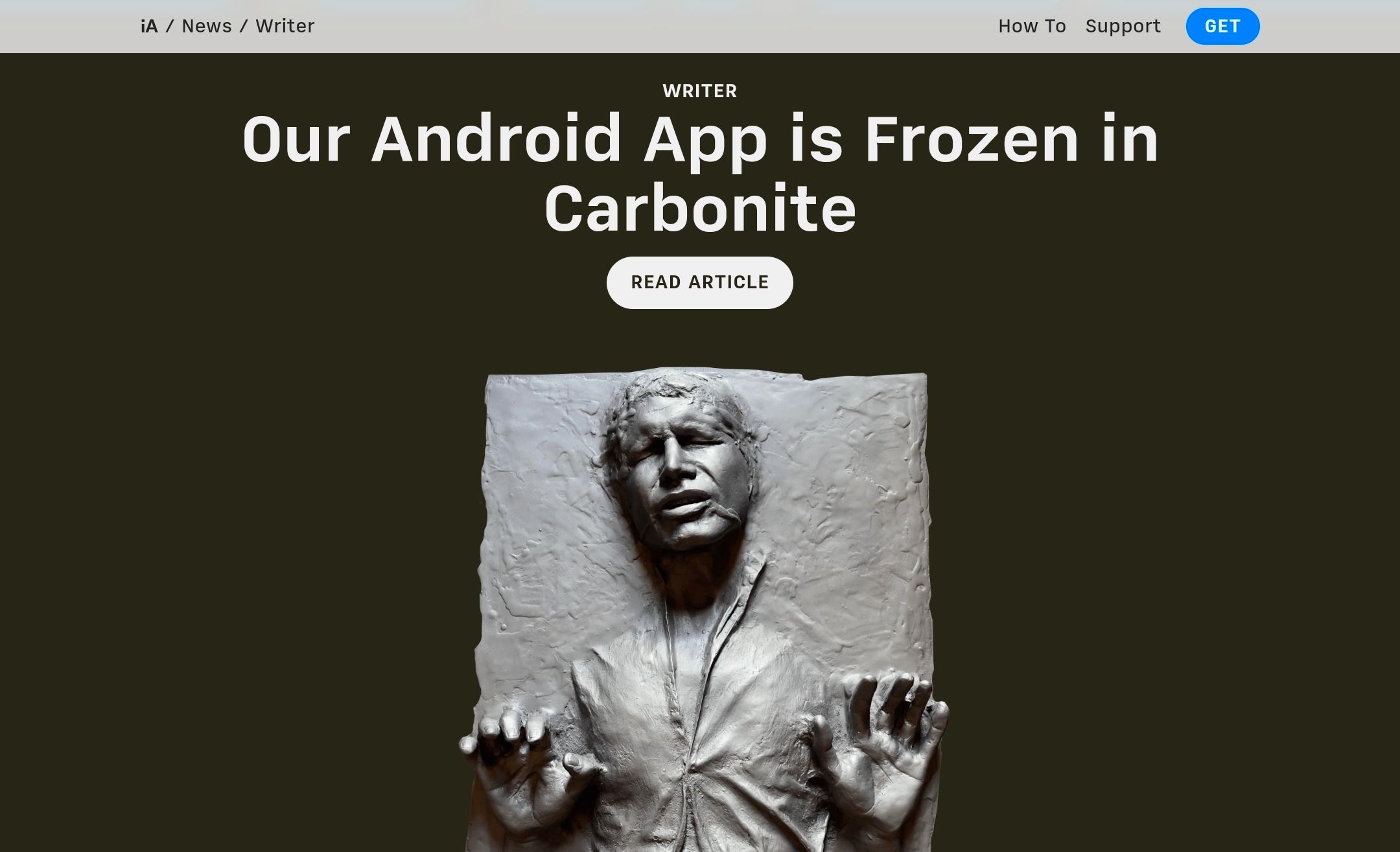There aren’t as many paid, premium apps available for Android compared to iPhones and iPads. Yet after seeing why one of my old favorite Android apps disappeared from the Play Store, it’s easier to understand why. Sadly, Google isn’t helping.
How I Feel in Love With IA Writer
iA Writer is distraction-free writing app that began on iPhones and iPads before expanding to Macs, Windows, and eventually Android. It continues to be supported on all but one of those platforms.
I discovered iA Writer in search of an Android writing app that doesn’t feel as heavy as Microsoft Word or LibreOffice while not being as utilitarian as a basic text editor. As a writer, I only need a few primary features (which is not to say all writers value the same features). For me, word count and export options matter most. Basic formatting comes next, but even that is optional. Markdown writing apps are ideal.
IA Writer fit the bill, offering a clean writing experience with the necessary features. My primary issue with the app came down to how it saved local files to an internal database rather than directly to a local folder, which made it harder to back up without relying on the integrated cloud storage options. This is what ultimately led me to use Obsidian instead.
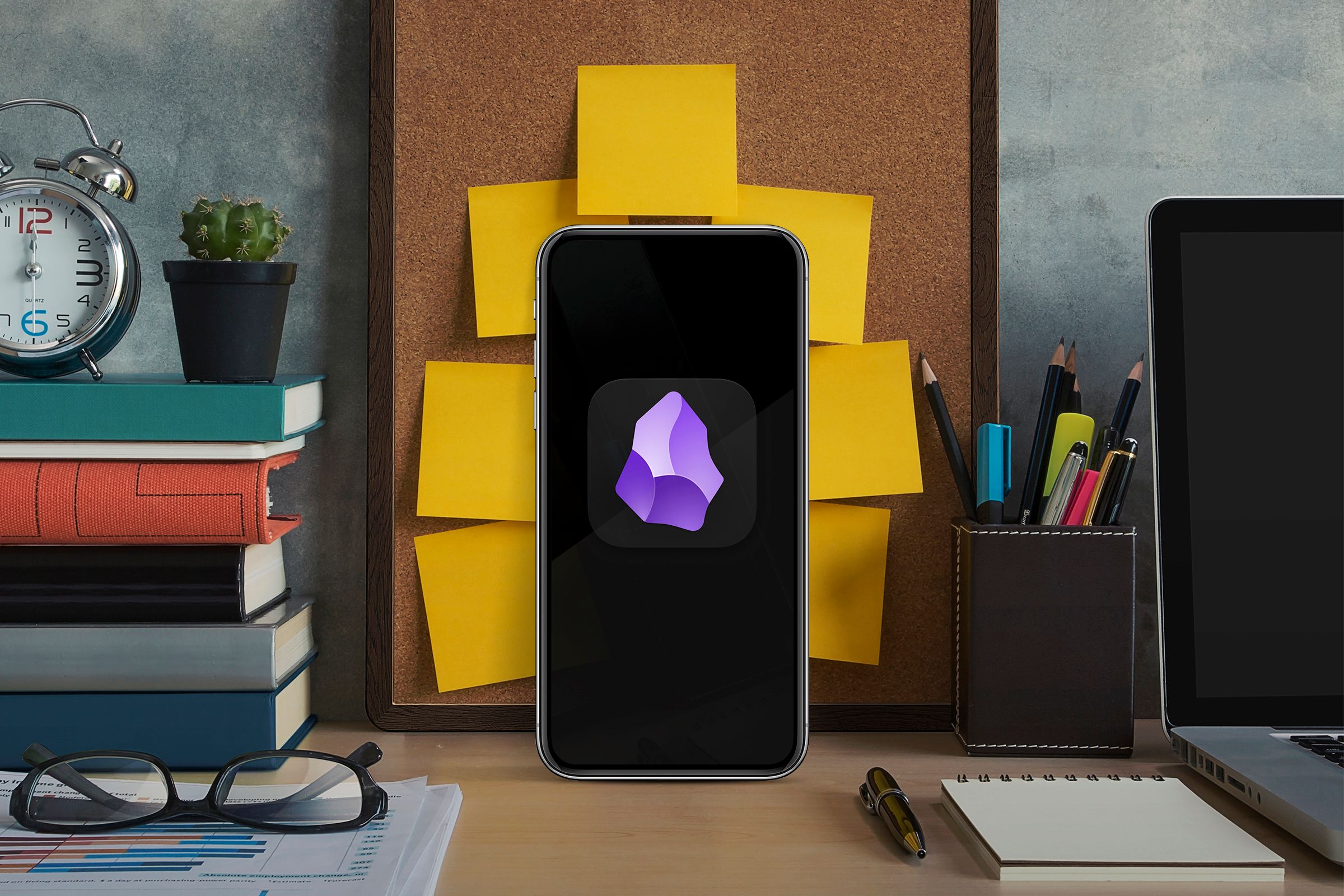
Related
This Is the Best Markdown and Note-Taking App You’ve Never Heard Of
Great for anyone who writes on their phone.
This is not a story about how iA Writer remains my personal favorite writing app. Our passionate love affair had already ended over the course of the past couple of years. Had we not gone our separate ways, I would have noticed its disappearance far sooner. No, this is about how iA Writer remains an excellent writing companion, one I’m sad to see other Android users won’t have the chance to meet and love in the same way.
Why iA Writer Vanished From the Play Store
iA Writer left the Play Store, for new users, in September of 2024. It remains available to existing users, but without Google Drive functionality and without ongoing updates.
What made this departure notable was that the developer left a remarkably open and transparent farewell letter, in the form of a blog post, explaining how their relationship with Android went so horribly wrong.
The situation came to a head shortly before the departure, when Google required iA Writer to make a series of ever-changing requests in order for the app to maintain access to the Google Drive API, which is needed in order for the app to load and save files directly via Google Drive. To remain compliant, Google told the developers they needed to complete an annual third-party audit, an expense of time and money that many small indie developers can’t afford.
Yet, like any relationship that splinters, there rarely is one single cause for the rift. This one was already on shaky ground. This succinct paragraph from the post perhaps sums it up best.
That’s right, it’s not all Google’s fault, though Google is implicated in varying degrees in each of these complaints. Much of the challenge comes down to the way Android is structured.
Android’s Device Diversity Doesn’t Make It Easy
Android is an open source platform that companies are free to ship on their own devices and modify as they wish. This is why there are so many flavors of Android. And while it’s easy to wish everyone used the same version of Android, I personally would not want to give up Samsung’s One UI in favor of the experience found on Pixel phones.
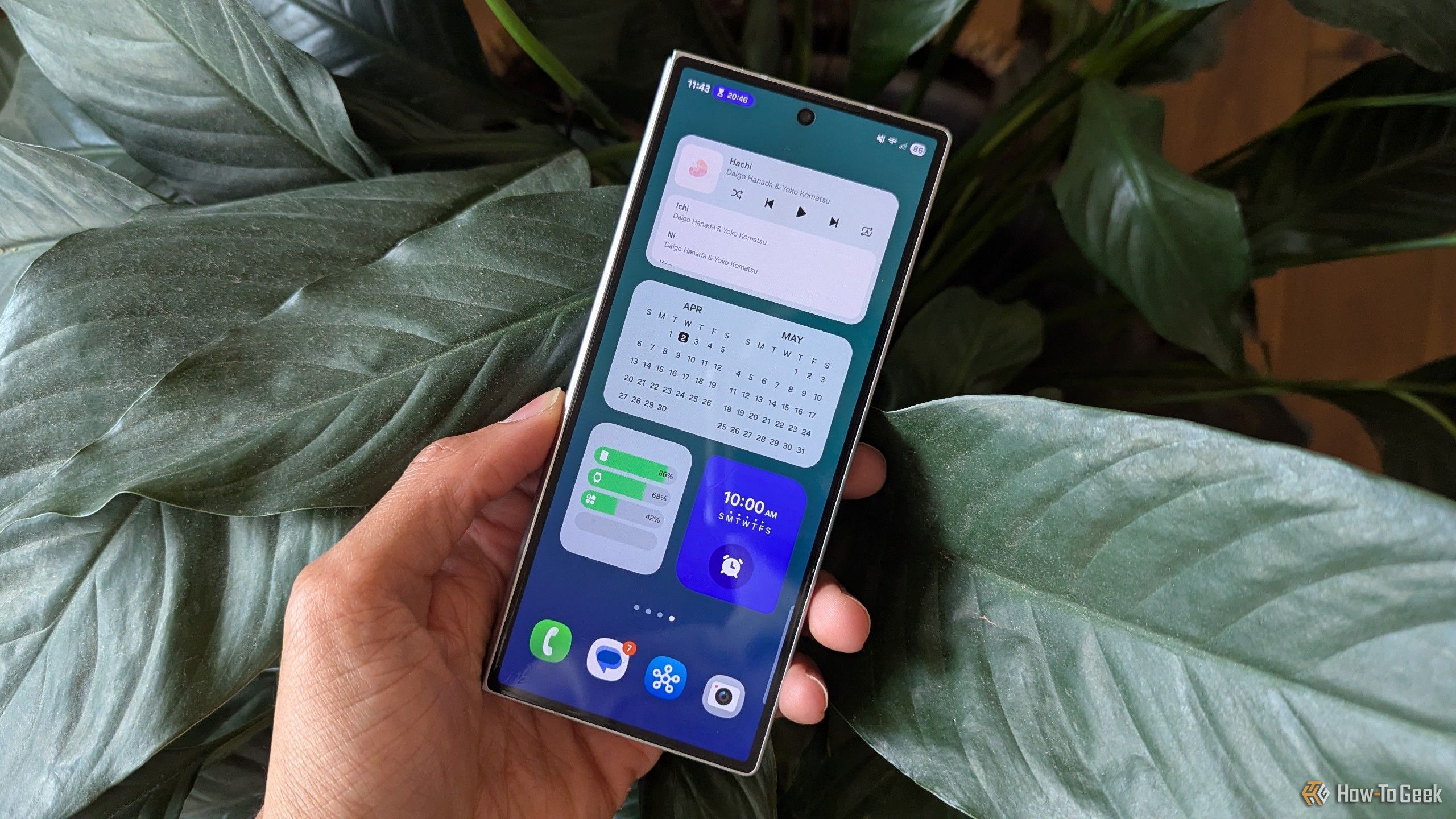
Related
Samsung’s One UI 7 Has Changed How I Feel About Default Android Launchers
I refused to touch TouchWiz, but I believe in redemption.
Likewise, as much as I love the versatility offered by my foldable Galaxy Z Fold 6, I understand how frustrating it can be having to support the aspect ratio of a cover display and an internal screen that differ from virtually all other Android devices.
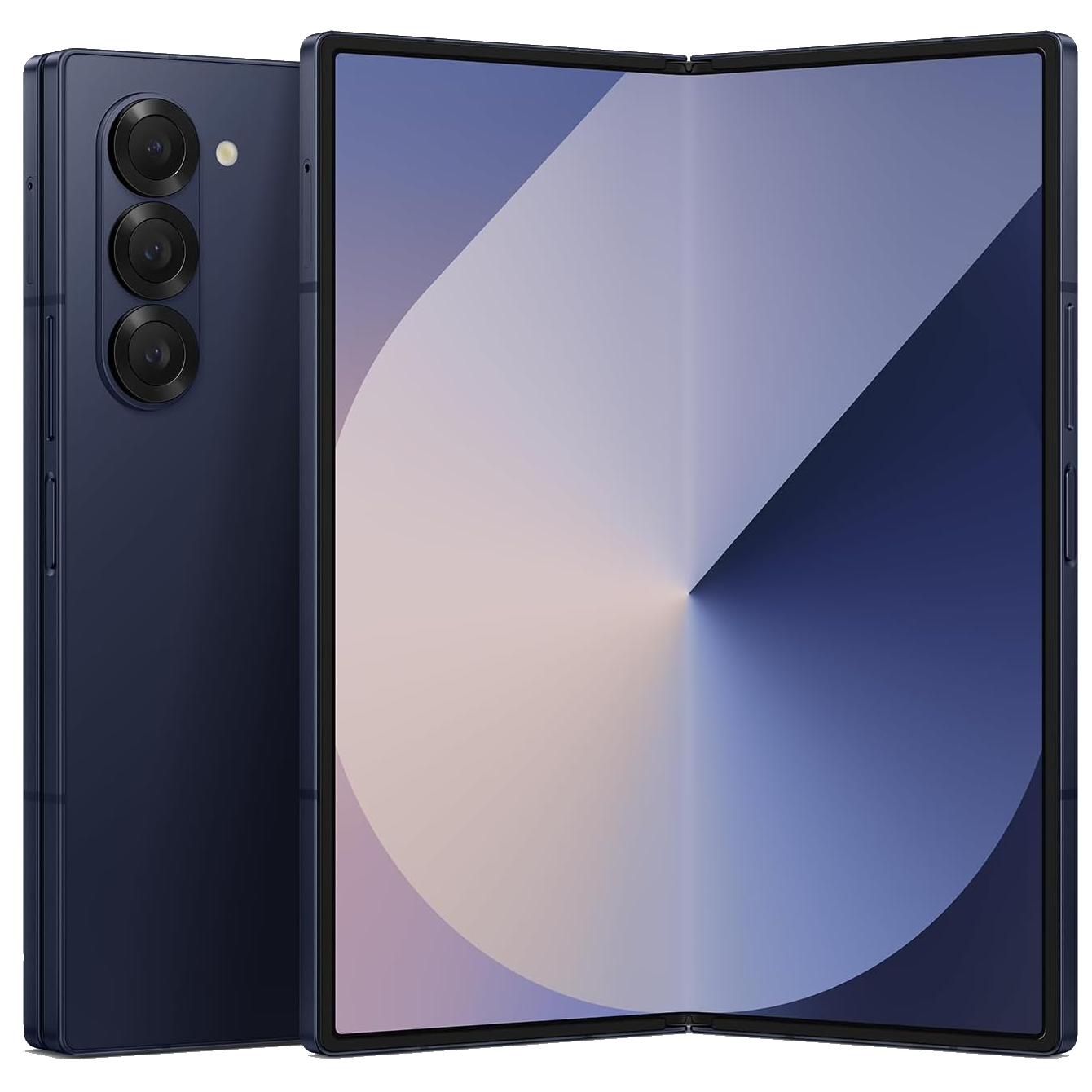
Samsung Galaxy Z Fold 6
The Samsung Galaxy Z Fold 6 is a foldable smartphone that combines the functionality of a tablet with the convenience of a phone. It features a large, flexible internal screen that automatically picks up where you left off on the cover display.
This diversity in both software and hardware means all developers need to emulate or get their hands on thousands of devices in order to replicate and squash bugs. It’s a vastly larger pool of hardware to support compared to iPhones, where only a few new models get introduced each year, all from the same company, all running the same software, and all updated at the same regular cadence.
And what I love most about Android, its open foundation, is something I’m even less inclined to want to give up. The same freedom to remove any bloatware from our devices using ADB also makes it easy to pirate apps.
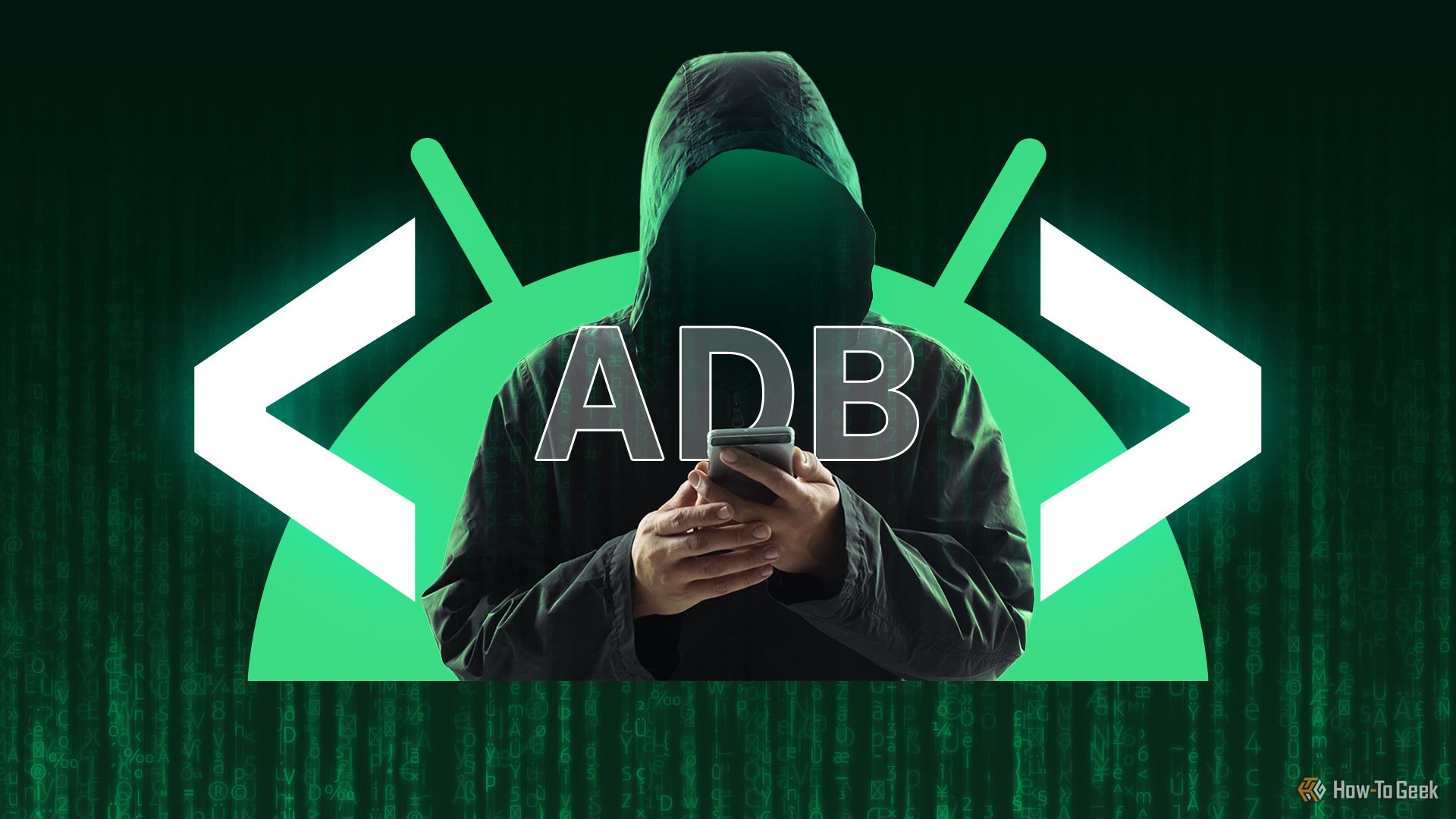
Related
ADB Makes Me Feel Like an Android Hacker, But It’s Super Useful
These ADB tricks may be easy, but they’re extremely useful to know.
It didn’t have to be this way. Windows is another operating system that appears on a wide range of hardware, yet the iA Writer developers find it much easier to support. There’s a possible future where Android is as appealing to paid app developers as it is to mobile hardware makers, but that’s not the world we’re living in just yet—and it’s unclear if Google is the best company to help make that happen.


